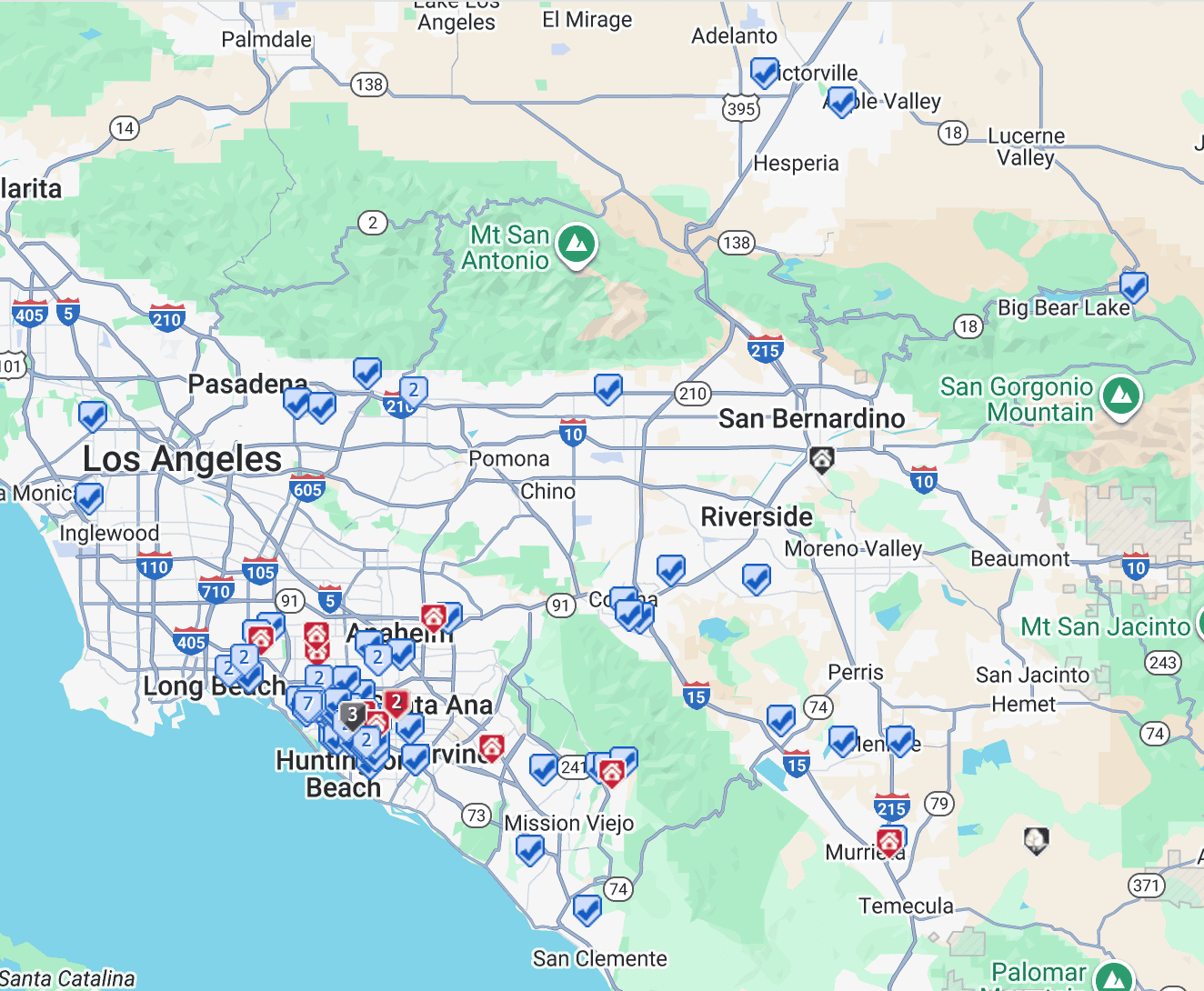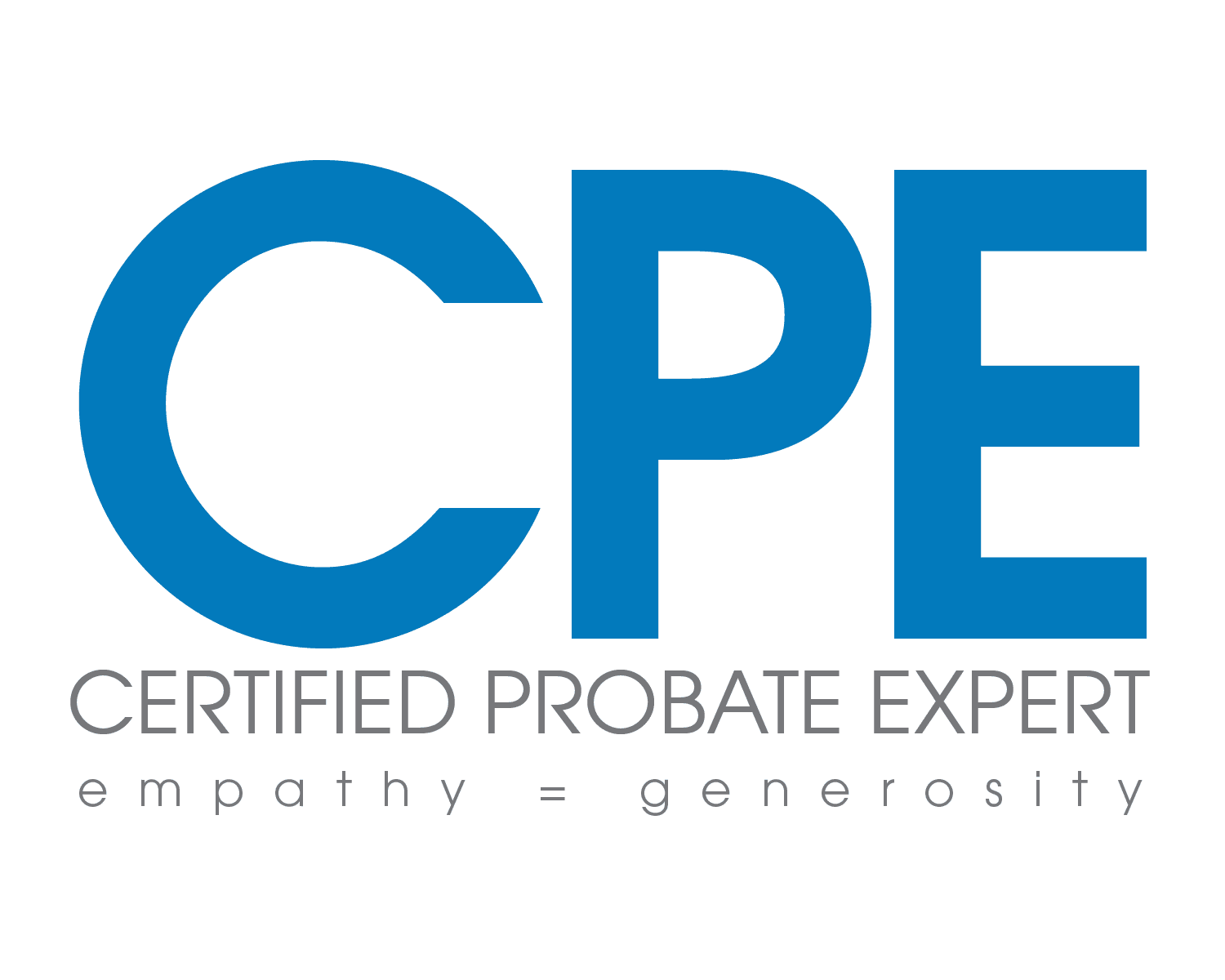
Losing a loved one is never easy, and dealing with their estate can feel overwhelming, especially when it involves a home. In California, the probate process for transferring real property can be complex and costly. However, a new law, Assembly Bill 2016, effective April 1, 2025, offers a streamlined solution for transferring a primary residence valued under $750,000 without full probate. This blog post explains how this works, whether you need a court filing or an attorney, and the steps to make the process as smooth as possible.
What Is Assembly Bill 2016?
Assembly Bill 2016 amends California Probate Code Sections 13100, 13101, 13150, 13151, 13152, and 13154. It simplifies the transfer of a decedent’s primary residence worth less than $750,000 by allowing successors to bypass the lengthy and expensive full probate process. This change is a game-changer for families managing modest estates, particularly in California’s high-cost housing market.
Additionally, the law raises the threshold for transferring personal property (like bank accounts or stocks) via a Small Estate Affidavit to $750,000, up from $166,250 (or $184,500 for deaths after April 1, 2022). While the affidavit process doesn’t apply to real property like a house, it complements the simplified procedure for homes, making estate administration more accessible.
Do You Need to File a Probate Request with the Court?
Yes, transferring a primary residence under $750,000 requires filing a verified petition with the superior court in the county where the estate is administered, as outlined in Probate Code § 13151. However, this process is far simpler than full probate. Here’s what you need to know:
Eligibility for the Simplified Procedure
To use this streamlined process, the following conditions must be met:
- The property was the decedent’s primary residence (not necessarily their residence at the time of death).
- The gross value of the property is $750,000 or less, as determined by a probate referee’s appraisal.
- At least 40 days have passed since the decedent’s death.
- Either no probate proceeding is ongoing in California, or the decedent’s personal representative consents in writing to this procedure.
This process applies only to the primary residence. Other real property or estates exceeding $750,000 require full probate unless held in a trust or other exempt structure.
The Petition Process
To transfer the home, you’ll need to:
- Obtain an Inventory and Appraisal: Hire a probate referee to complete Judicial Council Forms DE-160 and DE-161, which verify the property’s value.
- File a Petition: Submit a verified petition to the superior court, including:
- A description of the property.
- The Inventory and Appraisal.
- A statement confirming no probate is ongoing (or the personal representative’s consent).
- Names of all heirs and devisees, who must be notified within five business days of filing.
- Obtain a Court Order: If approved, the court issues an order (Probate Code § 13154) confirming that the property passes to you, the successor.
- Record the Order: File the court order with the county recorder’s office to update the property’s title.
This court process avoids the complexity of full probate, which can take months or years and involve significant costs.
Small Estate Affidavit for Personal Property
If the estate includes personal property (e.g., cash, investments) and the total value of the decedent’s California estate is $750,000 or less, you can use a Small Estate Affidavit (Probate Code § 13100–13101) to collect these assets without court involvement. This requires:
- A certified copy of the death certificate.
- A declaration under penalty of perjury that the estate’s value is within the threshold and you’re entitled to the property.
- Proof that 40 days have passed since the death.
Note that this affidavit doesn’t apply to real property like a house, which requires the court petition described above.
Do You Need an Attorney?
California law doesn’t require an attorney to file the petition or use the Small Estate Affidavit. However, whether you should hire one depends on your situation:
When You Might Not Need an Attorney
- Simple Estates: If the estate involves a single primary residence, clear heirs, and no disputes, you can likely handle the process yourself using Judicial Council forms and guidance from the California Courts Self-Help Guide (selfhelp.courts.ca.gov).
- Personal Property: The Small Estate Affidavit is straightforward, and banks or other institutions must accept it if properly completed.
- Cost Savings: Avoiding attorney fees can be significant for small estates.
When an Attorney Is Recommended
- Real Property Petitions: Filing a petition involves court procedures, probate referee coordination, and heir notifications. Mistakes can lead to delays or rejections, and an attorney ensures compliance.
- Complex Cases: Disputes among heirs, unclear wills, liens, or multiple properties can complicate the process, making legal expertise valuable.
- Heir Notifications: Notifying all heirs and devisees within five business days can be challenging, especially if some are hard to locate.
- Peace of Mind: An attorney can streamline the process, saving you time and reducing stress.
If you choose to proceed without an attorney, carefully follow court instructions and use official forms to avoid errors.
Step-by-Step Guide to Transferring a Home Under $750,000
Here’s a clear roadmap for transferring a primary residence under AB 2016:
- Verify Eligibility: Confirm the property was the decedent’s primary residence, valued under $750,000, and that 40 days have passed since the death.
- Hire a Probate Referee: Contact a referee in the property’s county to complete the Inventory and Appraisal (Forms DE-160, DE-161).
- Prepare the Petition: Complete a verified petition with details about the property, heirs, and estate. Attach the appraisal and, if applicable, the decedent’s will.
- File with the Court: Submit the petition to the superior court, pay filing fees (around $435, subject to change), and notify all heirs within five business days.
- Obtain the Court Order: If approved, the court issues an order confirming your right to the property.
- Update the Title: Record the court order with the county recorder’s office to transfer ownership.
Key Considerations
- Effective Date: AB 2016 applies to decedents who die on or after April 1, 2025. For earlier deaths, older thresholds ($166,250 or $184,500) and rules apply.
- Primary Residence Only: The $750,000 threshold is specific to the primary residence. Non-primary properties or larger estates may require full probate.
- Value Determination: The property’s gross fair market value at the time of death, per the probate referee’s appraisal, determines eligibility.
- Future Adjustments: The $750,000 threshold will be adjusted every three years starting April 1, 2028, based on the Consumer Price Index.
Final Thoughts
Assembly Bill 2016 makes it easier and more affordable to transfer a primary residence worth less than $750,000 in California without full probate. While you’ll need to file a court petition, the process is straightforward compared to traditional probate, and you may not need an attorney for simple cases. By understanding the requirements and following the steps outlined above, you can navigate this process with confidence.
For detailed guidance, visit the California Courts Self-Help Guide at selfhelp.courts.ca.gov or consult a probate attorney for personalized advice. If you’re dealing with a loved one’s estate, this new law offers a practical path forward, helping you focus on what matters most during a difficult time.
If you need any help or guidance do not hesitate to reach out. Simply send us a message or book an appointment.








